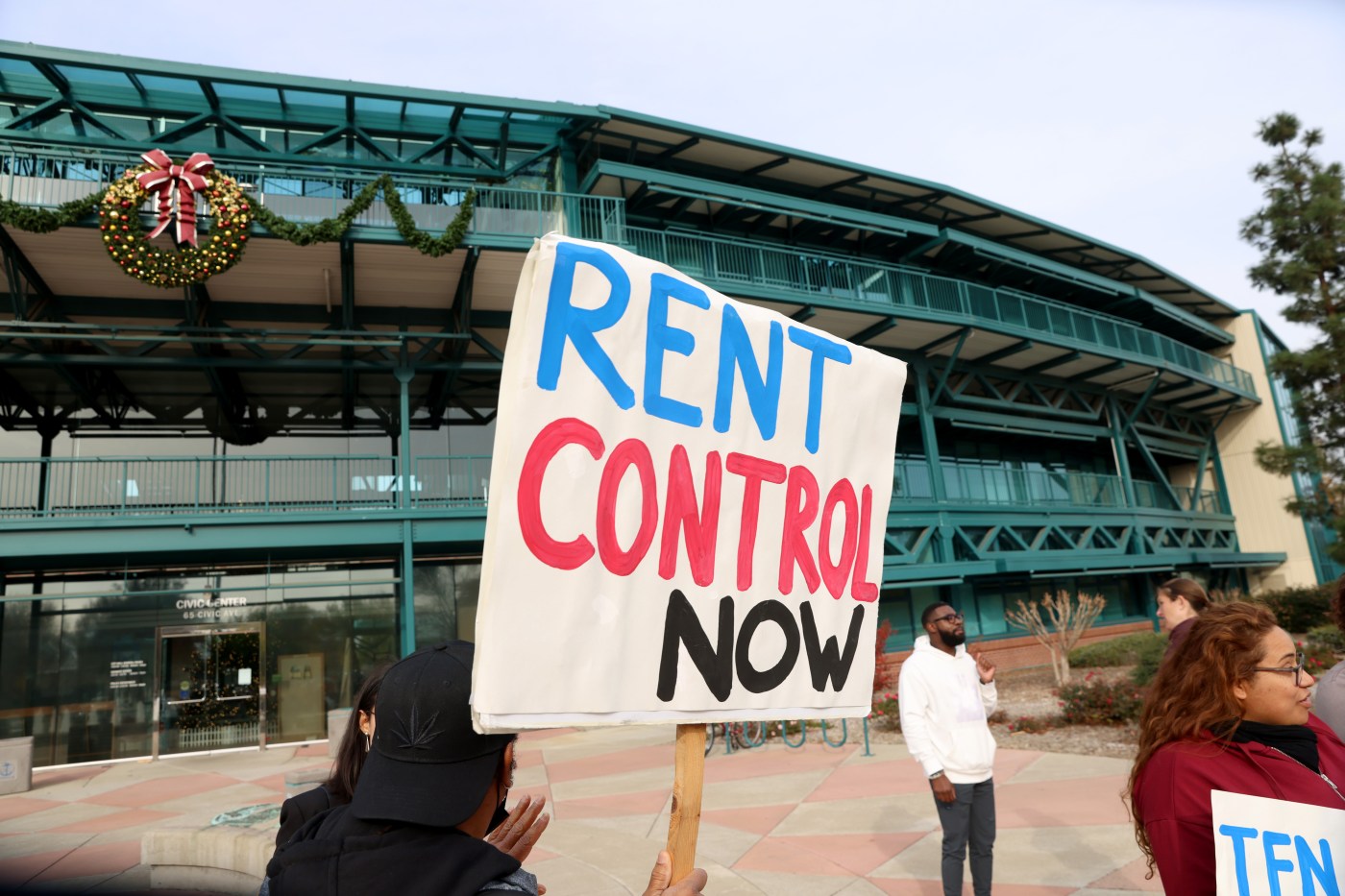Although the initiative process — proposing new laws via ballot measures — has been in California’s constitution for more than a century, its use was fairly uncommon until the 1970s.
There were just nine initiatives placed before voters in the 1960s, the lowest utilization of any decade. The number jumped to 22 in the 1970s, including such game-changing measures as Proposition 20, 1972’s coastal protection act, and Proposition 13, the state’s iconic tax limitation, in 1978.
The number of initiatives facing voters in each election cycle continued to climb, reaching an apogee of 70 in the first decade of this century before declining a bit to 51 in the 2010s.
Prop. 13 not only exemplifies how the initiative became California’s single most powerful policymaking tool but how opponents of proposed measures have attempted to employ countermeasures. By making enormous changes in how government services are financed, particularly public schools, Prop. 13 offended the state Capitol’s political figures, including then-Gov. Jerry Brown, who denounced it as “a ripoff.”
Hoping to undermine support for Prop. 13, Brown and legislators hurriedly placed an alternative measure on the ballot, Proposition 8, which would have reduced property taxes on homes but would have not benefited commercial property.
The ploy failed miserably. Prop. 13 passed with 65% of the votes cast in the June 6, 1978, primary election while Prop. 8 failed to get even 50%. Afterward Brown, who was running for a second term that year, did a 180-degree political pirouette and declared himself a “born-again tax cutter.”
Although the countermeasure tactic failed in 1978, it has been employed occasionally as the number of initiatives continued to rise.
The 2022 election, for instance, featured two competing measures to legalize wagering on sports, Proposition 26, sponsored by California’s casino-owning Indian tribes, and Proposition 27, a rival backed by big online gaming interests. Despite hundreds of millions of dollars being spent by the contesting interests, voters rejected both.
This year, after law enforcement groups qualified Proposition 36, which would increase penalties for some crimes, Gov. Gavin Newsom tried to fashion a competing measure that would be less harsh, but he eventually ran out of time.
However this year’s ballot does offer another example of competing measures, this time over rent control, albeit with a new twist.
Michael Weinstein, who heads the Los Angeles-based AIDS Healthcare Foundation, has twice spent millions of dollars on measures to repeal California’s three-decade-old law that limits the ability of local governments to impose controls on residential rents. Both, one in 2018 and another in 2020, were rejected by voters after the California Apartment Association and other real estate groups spent millions of dollars on opposition campaigns.
Weinstein is back for a third time this year with Proposition 33. But in addition to financing another opposition drive, the apartment association has qualified Proposition 34, which would require “prescription drug price manipulators” — organizations that acquire and distribute discounted drugs through a federal program — to spend at least 98% of their revenues on patient care.
Related Articles
Don’t expect a balloon drop quite yet. How the virtual roll call to nominate Kamala Harris will work
Donald Trump falsely suggests Kamala Harris ‘happened to turn Black’
Black women, white dudes, crazy cat ladies: Identity groups fuel a groundswell for Harris
Lake-Gallego Senate contest set in Arizona; key House races up in the air
About 8 in 10 Democrats are satisfied with Harris in stark shift after Biden drops out: poll
The apartment association says its “dual campaigns aim to defeat both Weinstein’s current rent control measure and prevent him from misusing taxpayer dollars to fund rent control campaigns in the future.”
Weinstein and his supporters cry foul and tried to persuade the California Supreme Court to invalidate Prop. 34. The court refused, though it indicated it might revisit the measure’s validity if it passes.
However this duel plays out, it’s a new wrinkle in California’s perennial clashes of special interest gladiators in the ballot arena, one that will continue to test voters’ ability to discern motives behind propositions.
Dan Walters is a CalMatters columnist.












